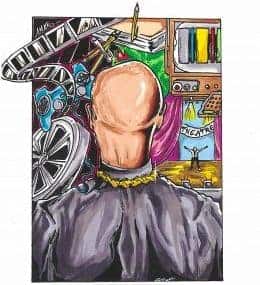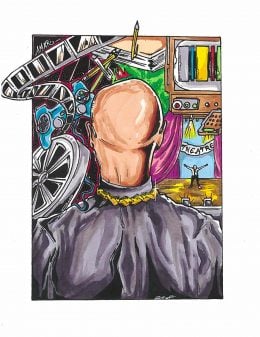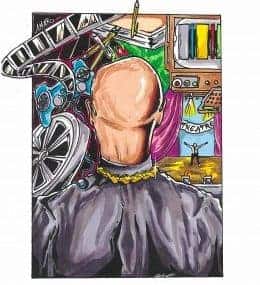Mary Queen of Scots – Review (with Spoilers)
Mary Queen of Scots reminds you of how different the world would be if men knew how to stay in their lane.

Spoiler Alert: This summary and review contains spoilers.
Additionally, some images and text may include affiliate links, meaning we may earn a commission or receive products if you make a purchase.
Mary Queen of Scots Ending (Spoilers)

[adinserter name=”General Ads”]
As in real life, after the betrayal of her family and those in Scotland, Mary escaped to England where she was held in captivity. That is, until Elizabeth heard one too many whispers of Mary seeking to usurp her and decided, with a heavy heart, to kill a fellow queen. If for the sole sake of maintaining her power and appeasing her council who maintained she was a threat to the crown.
[adinserter name=”Amazon – Native Shopping Ads”]
[ninja_tables id=”24271″]

